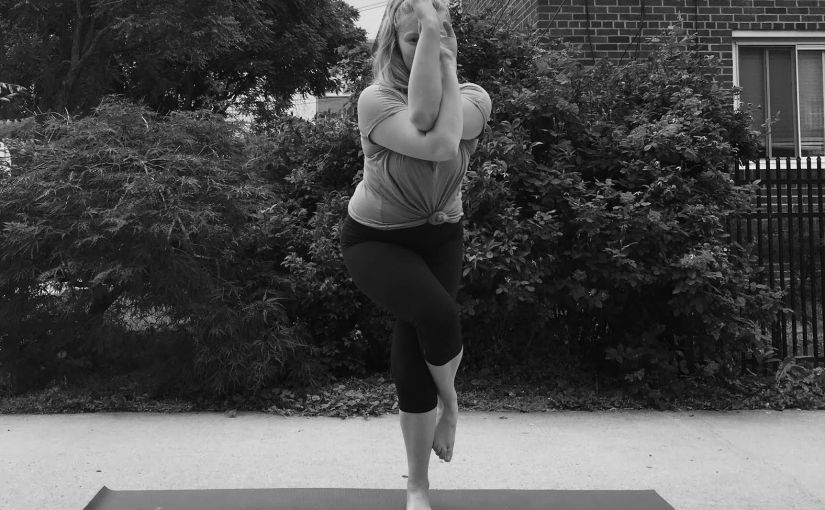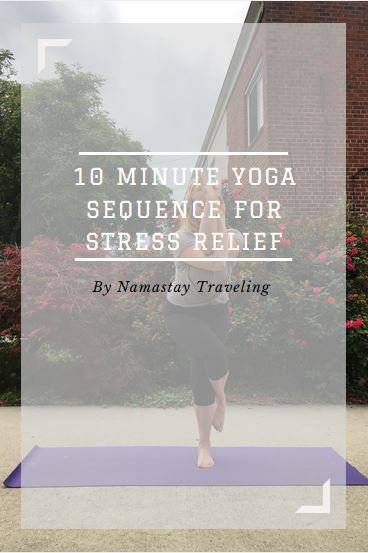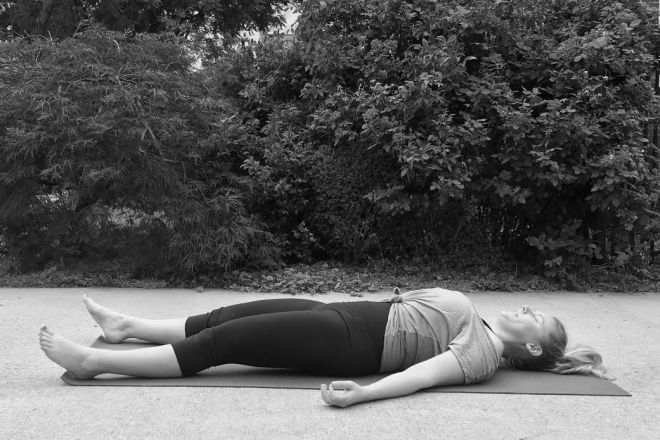
Meditation can mean so many different things to so many different people. My initial image of mediation was of a divine yogi in full lotus pose rising above the earth in some sort of trance. And while this image isn’t entirely far-fetched, it was an intimidating endeavor for me to actually sit down and expect to be lifted off the ground…even if not physically, but spiritually.
I didn’t seriously start considering a meditation practice until I was asked,
“We shower every day to cleanse our bodies, but what do we do to cleanse our minds?” Good question. I didn’t even realize that was something to consider. When quite honestly, how could you not afford to refresh the nooks and crannies in the place we spend so much time, our own heads?
Although my fears of beginning a mediation practice were valid in their own right, they were in no way going to stop me at least from trying. It’s a silly thing, how could sitting still be so tricky? And yet, it was. As an avid fidget-er and constant go-getter, doing nothing not only seemed unproductive, but impossible. Close to it, at least. But that’s the thing about mediation…as soon as I started to create these expectations for myself (such as not twitching my toes or clearing my mind entirely), I had already created hurdles for myself instead of merely accepting these moments and letting them go.
As soon as we cling to our shortcomings, we prevent ourselves from moving past them.
Ultimately, the purpose of meditation is not to be still, it is to take awareness away from petty everyday concerns we create in our minds and lift away from ourselves in order to view the world experience outside of our bodies. Um, what? Real talk, we’re creating space between our bodies and our existence which allow ourselves to be free of mental disturbance. In doing so, we can finally view our existence as a separate identity than our thoughts. After all, how many of your thoughts are not actually rooted in actual life? Fear and worries that you’ve completely made up in your mind? No, not me, never. Ha. Meditation allows us to seek what exists in actuality while accepting that, although we will have thoughts and continue to have a range of thoughts forevermore (a sign that we’re human after all), we can learn to control them in a manner that is productive and healthy.
As we sit still, specifically cross-legged to allow for a flow of energy (more on this later) we are better able to separate from the self. The more we resist temptation to scratch, wiggle or move, the more we build up tolerance for these annoyances. Fast forward to real life, we are then able to notice annoyances in our daily lives but not need to act on them. AKA, you can’t stand your coworker whistling every morning at 7am, but you’ve controlled your thoughts to overlook this annoyance and not have it interrupt your otherwise pleasant day.

So we know why we meditate, but how, exactly, does one get started?
Schedule a Time
Determine what time you’d like to practice and schedule it every day thereafter. While I know many people find meditation to be energizing and a uplifting start to the day, I prefer to meditate at night when my to-do list is complete so I have less anxieties floating around. Whether you prefer morning, noon, or night, take a moment before hand to jot down any left-over items that are still hanging around. Releasing these concerns, to-dos, or expectation before your practice allows you to physically empty of these ideas and bring a clean space into your meditation.
Choose a Method
While I fully encourage the use of a meditation guide to lead you through your meditation, it’s really up to you what you prefer. I initially began using Headspace and Buddhify, I’ve found that I prefer to just listen to the sounds of the ocean rather than getting caught up in the tone of someone’s voice, or hearing someone else’s breath going in and out. Set a timer for how long you’d like to sit, ideally aiming for 20-30 minutes (or longer), but allowing yourself to begin where you feel comfortable. 10 minutes? Awesome. 5 minutes? You rock.
Designate an Area
Find a comfy spot where you can sit up straight with your legs crossed, or legs extended long and crossed at the ankles. It’s important to maintain this posture to allow for deep breathing and keeping the energy circulating through the body. To prevent open circuits at your hands, touch your index finger underneath your thumb and rest them on your knees, or create a circle with your hands and rest them on your lap.
Find Stillness
Because we are human beings, thoughts are a natural occurrence. Meditating allows us to react to these thoughts without attachment. I’ve used many imagery strategies to acknowledge these thoughts and then send them on their way. First, imagine each thought is a cloud that slowly drifts into your mind and then you watch it drift on, out of your sight. Recognize the clouds are there, but do not hang onto them as clouds must keep their movement. Another image, a personal favorite, is to view your thoughts like the dishes at a revolving sushi bar. Really. Imagine each thought as if it is a unique sushi roll that we occasionally pull of the revolving bar in front of us. Notice that you’ve taken the dish (thought) off the bar, and then gently set it back on and let it go on its way. both of these images let us view thoughts as their own entities, in no way a part of us. By viewing them through an outside lens, the more we can accept them and move beyond their limitations.
…And Kindness
While we want to resist the urge to move to not break our higher existence, be kind to yourself and forgive yourself for disruptions. A skill not only for meditation, but life as well. Instead of dwelling on an imperfection (you just had to move that hair away from your eyes), acknowledge it existed, then let it pass through.
Breathe
As you begin to close your meditation, come back to your breath and bring slow movement to your body. It’s important to be gentle with yourself so you can then extend that gentleness outwards to the world around you. Make time to revisit this practice each way, working to extend the amount of time and expanding to various location to practice. (I’ve even managed a 20 minute practice on an airplane that was glorious).
Have you tried mediation? If so, what helped you stick to it? If not, what’s stopping you?
xx,
Juliette



























